Aimé Bonpland - Personal Narrative of Travels to the Equinoctial Regions of America, During the Years 1799-1804, Vol.2
Aimé Bonpland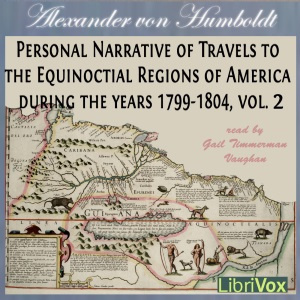
100%
Speed
Summary
In Volume 2 of “The Personal Narrative”, Alexander von Humboldt and the botanist Aimé Bonpland continue their travels, beginning at Lake Valencia in the llanos of Venezuela and then travelling the mighty South American river, the Orinoco, and its tributaries, for 75 days in a dugout canoe, guided by local Indians and accompanied by one of the local missionaries. As in Volume 1, von Humboldt describes the people, plants, animals, geography and geology of the region. These descriptions include his famous experiments on electic eels as well as descriptions of the arrau tortoise, river porpoises, crocodiles, jaguars and caribe (flesh eating) fish. Likewise there are narratives of the sights, sounds and smells of the scenery through which they passed, and accounts of the peoples of the Orinoco basin.Their canoe carried themselves and their provisions, but also their scientific instruments, collections, and a menagerie of caged birds and monkeys. von Humbold summarises the difficulties of the voyage. “The inconveniences endured at sea in small vessels are trivial in comparison with those that are suffered under a burning sky, surrounded by swarms of mosquitos, and lying stretched in a canoe, without the possibility of taking the least bodily exercise. In seventy-five days we had performed a passage of five hundred leagues (twenty to a degree) on the five great rivers, Apure, Orinoco, Atabapo, Rio Negro, and Cassiquiare; and in this vast extent we had found but a very small number of inhabited places.”
These travels had the aims of identifying the source(s) of the Orinoco, of ascertaining its connection with the Amazon, and of making astronomical measurements to improve the maps of the rivers, all of which were incorrect at that time. (Incidentally, von Humboldt's longitudes are with reference to the Paris meridian.) Volume 2 describes their travels from the 21st of February to the 14th of June 1800, when they arrived at Angostura, the capital of the province of Guiana at that time. (summary by Gail Timmerman-Vaughan)
audiobooks.club
*Non-fiction
Aimé Bonpland
Personal Narrative of Travels to the Equinoctial Regions of America, During the Years 1799-1804, Vol.2
More from Aimé Bonpland
Authorization
By logging in, you agree to the terms and conditions.

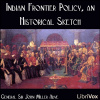


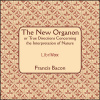
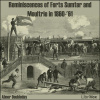




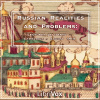

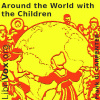
No comments